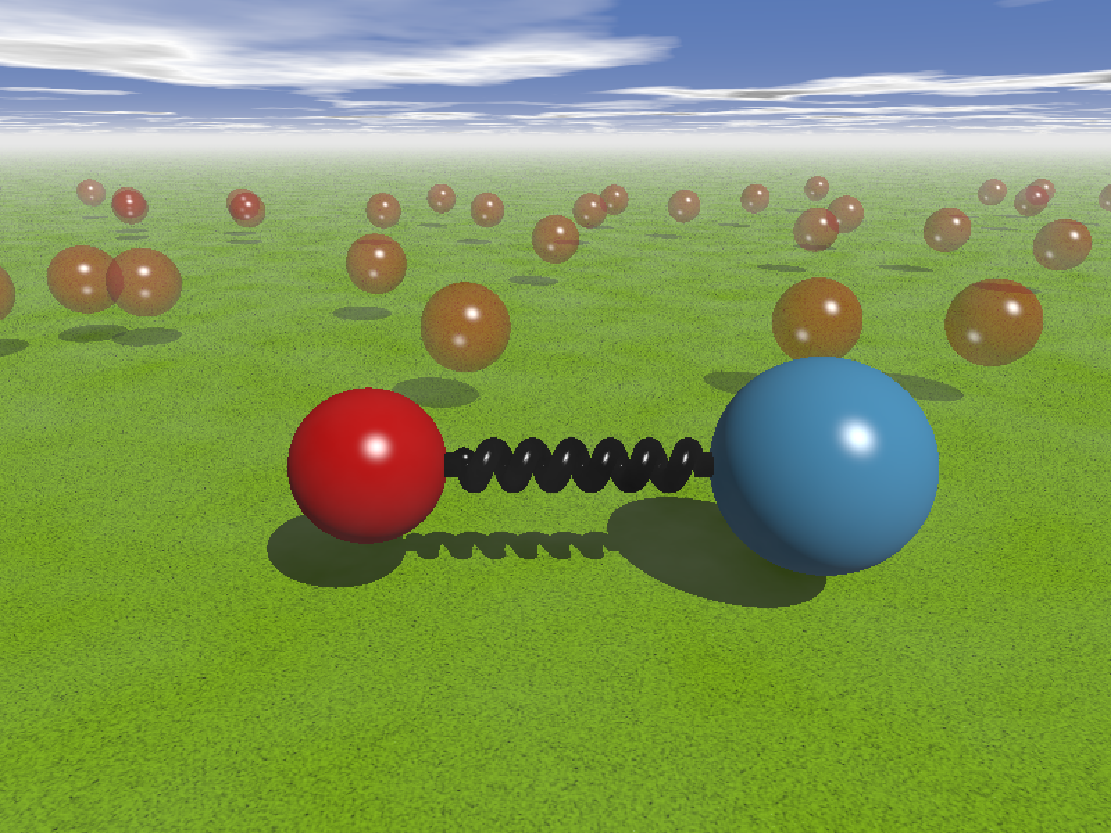Theoretical tiger chases statistical sheep
Studying the way that solitary hunters such as tigers, bears or sea turtles chase down their prey turns out to be very useful in understanding the interaction between individual white blood cells and colonies of bacteria. Reporting their results in the Journal of Physics A: Mathematical and Theoretical, researchers in Europe have created a numerical model that explores this behaviour in more detail.
Using mathematical expressions, the group can examine the dynamics of a single predator hunting a herd of prey. The routine splits the hunter’s motion into a diffusive part and a ballistic part, which represent the search for prey and then the direct chase that follows.
“We would expect this to be a fairly good approximation for many animals,” explained Ralf Metzler, who led the work and is based at the University of Potsdam in Germany.
Obstructions included
To further improve its analysis, the group, which includes scientists from the National Institute of Chemistry in Slovenia, and Sorbonne University in France, has incorporated volume effects into the latest version of its model. The addition means that prey can now inadvertently get in each other’s way and endanger their survival by blocking potential escape routes.

A charging lion and its prey move as if they w ere connected by a Hookean spring. Eventually their mutual distance will decay to zero, and the lion catches the prey. Credit: Maria Schwarzl
Thanks to this update, the team can study not just animal behaviour, but also gain greater insight into the way that killer cells such as macrophages (large white blood cells patrolling the body) attack colonies of bacteria.
One of the key parameters determining the life expectancy of the prey is the so-called ‘sighting range’ – the distance at which the prey is able to spot the predator. Examining this in more detail, the researchers found that the hunter profits more from the poor eyesight of the prey than from the strength of its own vision.
Long tradition with a new dimension
The analysis of predator–prey systems has a long tradition in statistical physics and today offers many opportunities for cooperative research, particularly in fields such as biology, biochemistry and movement ecology.
“With the ever more detailed experimental study of systems ranging from molecular processes in living biological cells to the motion patterns of animal herds and humans, the need for cross-fertilisation between the life sciences and the quantitative mathematical approaches of the physical sciences has reached a new dimension,” added Metzler.
To help support this cross-fertilisation, he heads up a new section of the Journal of Physics A: Mathematical and Theoretical that is dedicated to biological modelling and examines the use of numerical techniques to study problems in the interdisciplinary field connecting biology, biochemistry and physics.





